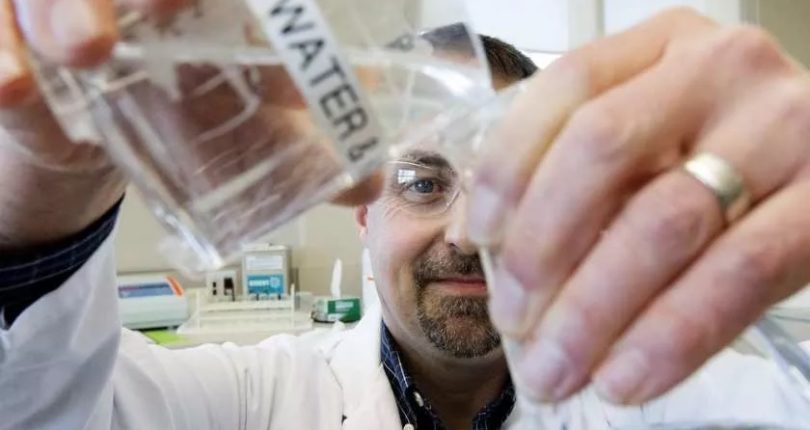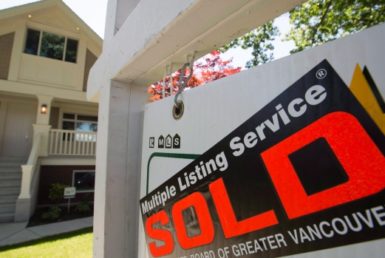
Epcor made $241 million off Edmonton’s drinking water and water treatment systems over the last five years.
But during that five-year agreement, Epcor also saved Edmonton customers $52 million through a series of cost-cutting exercises. Plus, the city-owned corporation paid out $705 million in dividends, profits from power and water work across North America that went straight to lowering Edmonton’s property taxes.
On Friday, Epcor presents it final annual report in the latest five-year agreement to run Edmonton’s water and wastewater system. Because Epcor has been hot on the political stage this year with its pitch to take over the city’s drainage operations, the Journal spoke with Epcor’s Darrell Manning to nail down the numbers and demystify the rate-setting process.
How does the city regulate Epcor?
It’s called a “performance-based rate,” a system that aims to keep the company accountable without getting council involved daily management. Council approved the 2017-21 agreement for water and water treatment last year; work on a similar agreement for drainage starts next year to come into effect in 2020.
How did Epcor perform?
Epcor spent $40 million more than expected fixing up the Gold Bar water treatment plant and earned less revenue than expected as Edmonton customers decreased their water use. But on the operating side, Epcor cut back on senior management through a re-organization and found other efficiencies, said Manning.
In terms of performance, Edmonton had only 242 water main breaks in 2016, down from the 10-year average of 574, because of a recent campaign to replace more aging lines. Ninety-eight per cent of the breaks were fixed within 24 hours.
In terms of water quality, 99.7 per cent of their tests met both the regulatory guidelines and Epcor’s own more stringent standards. Ten of the 164 failed tests were proven to be a false positive on retesting. The rest were in areas with cast-iron water mains, and in parts of the system with stagnant or near stagnant water.
Epcor is exploring a program to line cast-iron mains, and increase water line flushing in areas of low use. Other standards are listed in the annual report.
Why is a city-owned corporation earning a profit?
Manning said Epcor’s profit could be compared to interest on a mortgage. When it asks council for a specific rate, it accounts for operating costs, depreciation or replacement costs for the pipes, and interest on the mortgage.
Some of the mortgage is held by external parties, like as a bank, while the rest is money Epcor the parent company has invested in Edmonton’s water system. The rate of return is the interest Epcor pays to itself, in this case 11.5 per cent or $241 million.
At the end of each year, profits from operations across North America are pooled. The board of directors decides how much to give back to the City of Edmonton as a dividend, but that’s normally about 60 per cent. The rest goes back into developing the business.
What’s the focus of the next five-year agreement?
In each five-year agreement, Epcor and the city add at least one performance area to work on. This term, it will work to reduce odour issues at the Gold Bar water treatment plant, with one hour and 24-hour limits on hydrogen sulphide emissions. The drinking water system also has new energy efficiency targets.
Customer rates have been set to increase 1.8 per cent for water and 4.9 per cent for wastewater over the next five years.
Finally, the company also committed to an easier-to-follow process next time it sets rates to help members of the public get involved.




Join The Discussion